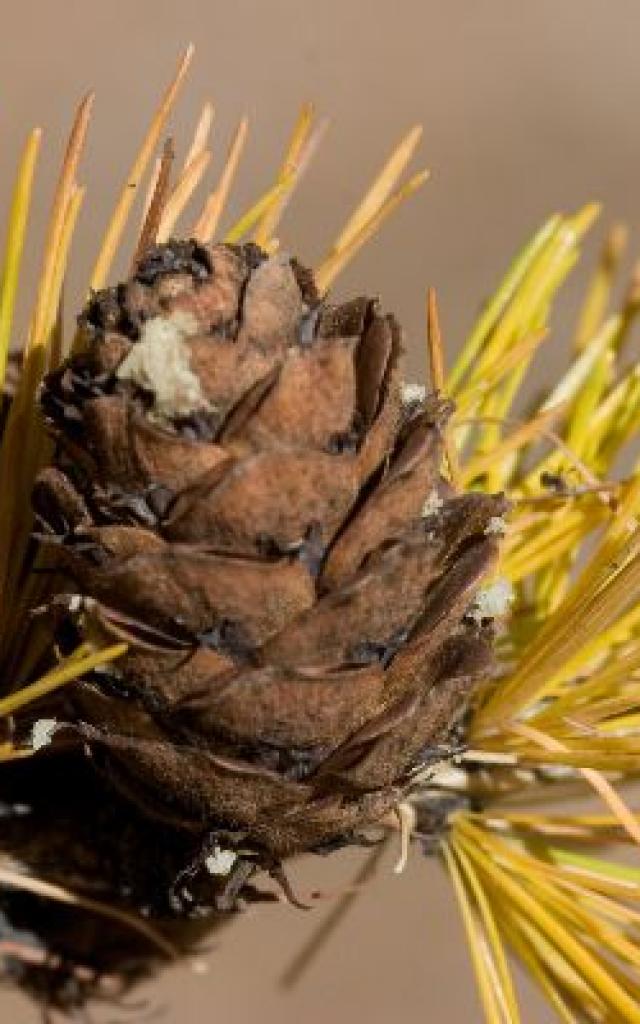Welcome to a Forgotten Paradise
Chamois, marmots, golden eagles, and the iconic black grouse live in Le Queyras sheltered from the urban world. Open to the West and bordering Italy, the park is made up of mountains that peak at more than 3,000 metres, like the famous Mont-Viso. Legendary passes such as the Col d’Izoard and Col Agnel test Tour de France riders to the fullest. The larches blaze here in autumn and the forest is covered in snow in winter. Not surprisingly, wood is an economic resource here, used as much for construction as it is for making furniture and toys. Le Queyras’ remarkable architecture that differs from one valley to the next, particularly with the fustes [log chalets] in Molines in Saint-Véran or the arched farms in Arvieux, make it a choice destination. Enchanting, Le Queyras is one of the rare forgotten paradises of the Alps.







